GENERAL INFORMATION
Tour Route: Beijing - Xian - Zhangjiajie - Guilin - Yangshuo - Shanghai
Duration: 14 days
Start/ End: Beijing - Shanghai
Guides: Local Guide (English Speaking Guide, Other Languages upon Request)
BRIEF ITINERARY
Day 1: Arrive in Beijing
Day 2: Beijing – Temple of Heaven – Tiananmen Square – The Forbidden City (B, L)
Day 3: Beijing – The Mutianyu Great Wall – Hutong Walking Tour in Dongcheng District (B, L)
Day 4: Summer Palace with boat ride – The Garden of Virtue and Harmony – Beijing to Xian via the train (B, L)
Day 5: Xian – Secrets of the Terracotta Warriors – Ancient City Wall (B, L)
Day 6: Xian – Big Wild Goose Pagoda – Cooking dumplings – Muslim Quarter – Shadow Play in the Gao Courtyard – fly to Zhangjiajie (B, L)
Day 7: Zhangjiajie National Forest Park – cable car to Mt. Tianzishan – Bailong Sightseeing Elevator – Yuanjiajie (B, L)
Day 8: Zhangjiajie fly to Guilin (B)
Day 9: Guilin – Reed Flute Cave – Elephant Trunk Hill – Daxu Ancient Town (B, L)
Day 10: Guilin – Li River Cruise from Guilin to Yangshuo (B, L)
Day 11: Yangshuo – Discover Countryside – Xianggong Hill – fly to Guilin (B, L)
Day 12: Shanghai – Yuyuan Garden – The Bund (B, L)
Day 13: Shanghai – Jade Buddha Temple – Zhujiajiao Ancient Town (B, L)
Day 14: Half-day customized Icing-on-the-Cake Experience – Shanghai departure (B, L)
FULL ITINERARY
Day 1: Arrive in Beijing
Welcome to China. Upon your arrival at the international airport in Beijing, you will meet with guides and be transferred to the hotel. Check-in and take a rest at the hotel.
Day 2: Beijing – Temple of Heaven – Tiananmen Square – The Forbidden City (B, L)
Temple of Heaven (1.5 hours): Built in 1420 during the Ming dynasty, the Temple of Heaven is a complex of Taoist buildings that emperors of the Ming and Qing dynasties visited for annual ceremonies to pray for good harvests. The park of the temple of Heaven is full of life. In the morning lots of local elderly people meet there to sing, exercise, and do tai chi. The park covers an area of 273 hectares in the south of Central Beijing. You will be walking for about 1-1½ hours (1½ kilometers) there. The walk is graded easy.
Tiananmen Square (30 minutes): Tiananmen Square is the largest city square in the center of Beijing, named after the Tiananmen (literally, Gate of Heavenly Peace) which sits to its north, separating it from the Forbidden City. It has great cultural significance as it was the site of several key events in Chinese history. As the world's largest city square and enduring symbol of China's national pride, it is surrounded by many imposing buildings including the Heavenly Gate (entry to the Forbidden City), Museums, government buildings, and Chairman Mao's Mausoleum.
Day 3: Beijing – The Mutianyu Great Wall – Hutong Walking Tour in Dongcheng District (B, L)
The Mutianyu Great Wall(chairlift up and toboggan down): The Mutianyu section of the Great Wall is ranked top on TripAdvisor among all the Great Wall sections, for its picturesque scenery and beautifully-restored architecture. This is the most child-friendly section, with various ways of visiting. It is about 1.5 hours drive from downtown Beijing. A 2½-kilometer section was fully restored in 1986. A chairlift takes you to a good section of the Wall (avoiding a very steep climb), where you can walk along through the watchtowers and admire superb views, as the Wall snakes across hills and mountains. A toboggan ride down is great fun and is suitable for both adults and children.
Hutong Walking Tour in Dongcheng District (1 hour): Hutongs are a maze of historic alleyways with traditional single-story courtyard houses, which are now fast disappearing. They are a remnant of the old Beijing. In this tour, you will walk through the narrow alleys, as well as visit a local family to discover the traditional lifestyle and how these unique residential houses and culture are protected. You can also ascend the Bell Tower to have a bird’s-eye view of the hutong area. The total walking distance on this tour is about 800 meters.
Day 4: Summer Palace with boat ride – The Garden of Virtue and Harmony – Beijing to Xian via the train (B, L)
Summer Palace with Boat Ride and the Garden of Virtue and Harmony (2 hours): Situated in the northwest of Beijing, the Summer Palace is 9 miles (15 kilometers) from the downtown area. It is the largest and best-preserved royal park in China. The Palace greatly influences Chinese horticulture and landscape, with its famous natural views and cultural interest, and has long been recognized as 'The Museum of Royal Gardens'. You will be walking for about 2 hours (2 kilometers) in the park.
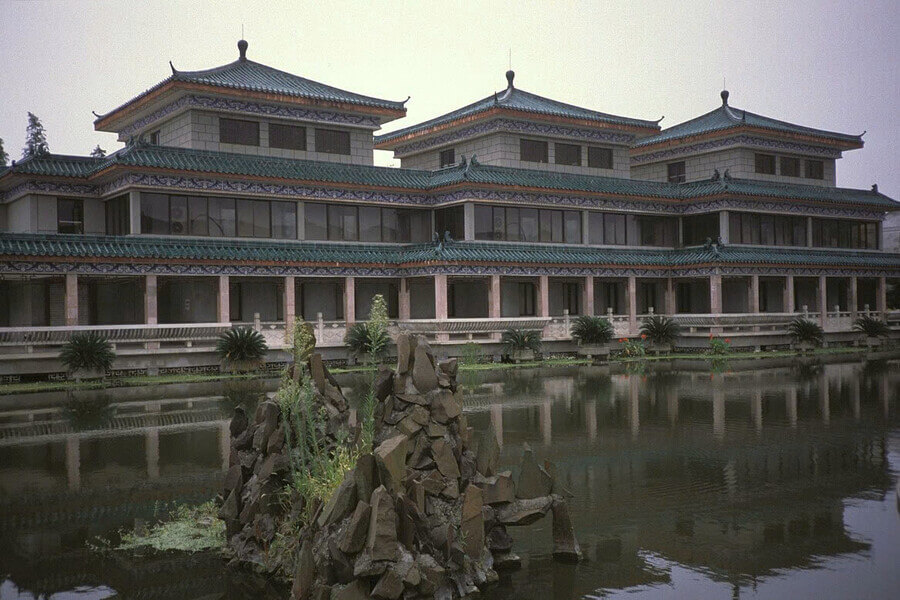
Day 5: Xian – Secrets of the Terracotta Warriors – Ancient City Wall (B, L)
Secrets of the Terracotta Warriors (includes the Terracotta Army, and making clay warriors at a local cave-dwelling) (4.5 hours): The Terracotta Warriors are the main reason for visitors coming to Xi'an. Of course, they are a highlight! You can find loads of information about the Warriors on websites, for they were an astonishing archaeological discovery. We, however, would like to introduce you to a different Terracotta Museum, one that can't be googled. We understand that the stories behind the warriors are really fascinating. Emperor Qinshihuang’s craftsmen made more than 8,000 life-sized warriors in the 11 years between about 220 and 209 BC. This is nearly unbelievable because even in modern times, a warrior factory could only make about 500 warriors of that size in a year. How could craftsmen of 2,200 years ago make them so quickly? Xi’an is cold in winter but hot in summer. How could they keep so many clay warriors from cracking? Originally warriors were painted with different colors. Most colors were natural, but the purple was very special because it came from a chemical reaction. How did craftsmen have such skills at that time? Your guide will explain such secrets to you and then accompany you to a local cave dwelling where a craftsman makes warriors in the traditional way. You will have an opportunity to learn how to make warriors, and to try to make a little one on your own, with your host’s help. Qinshihuang ‘s mausoleum was about 56.25 square kilometers in area, equal to about 78 Forbidden Cities. The Terracotta Army is just one corner of the whole project. Qin was the first emperor, and as such he set down a marker for modern China. He would not have known how powerful his impact on the nation, and on the world even, would be in the long term.
Ancient City Wall (30 minutes): The walls, ramparts, gates and watchtowers form one of the oldest and most complete city defenses still around. Built in the 13th century on the foundations of the original Tang Forbidden City, it s surrounding the city centre. You can walk or pay extra cost to rent a bike (CNY40 per person) to get around the full 14km circuit, with great views of the city on either side.
Day 6: Xian – Big Wild Goose Pagoda – Cooking dumplings – Muslim Quarter – Shadow Play in the Gao Courtyard – fly to Zhangjiajie (B, L)
Cooking dumplings: Jiaozi or dumplings with meat and vegetable fillings are very popular in China. You will be welcomed into local people's homes and learn to make dumplings from them. This is a good way of learning some basic skills of dumpling making and experiencing local culture. The whole process is about 1 or 2 hours.
Big Wild Goose Pagoda (1 hour): A major Buddhist site, the simple, elegant brick Pagoda stands in the grounds of the attractive Da Ci'en Temple. The Pagoda was built in the 7th century to house the Buddhist materials that Xuanzang (Tripitaka) brought back from his epic journey to India. The Temple complex has several large halls with some great Buddhist statues and murals.
Muslim Quarter (1 hour): The Muslim quarters lies 100 meters west of the Bell tower in downtown Xi'an. The 500-meter-long avenue paved by bluestones are dotted with many unique stalls, souvenir shops, café, and bars which are mostly run by Muslim people. Tourists, especially from overseas come and shop here.
Shadow Play in the Gao Courtyard (1 hour): Gao Courtyard is the former residence of Gao Yuesong who was a high-ranking official in the Ming Dynasty. The buildings in the courtyard are built from timber and brick and it is about 2310sqm in size. A small Shadow Play production which lasts for 10-15mins is performed by local people during this visit.
Day 7: Zhangjiajie National Forest Park – cable car to Mt. Tianzishan – Bailong Sightseeing Elevator – Yuanjiajie (B, L)
Zhangjiajie National Forest Park: Zhangjiajie National Forest Park is a famous tourism destination in Hunan province. It was officially recognized as a UNESCO World Heritage Site in 1992. The pillar-like formations seen through the park are the result of many years of erosion. With over 90% forest coverage, the scenic area comprises Yuanjiajie, Yangjiajie, Jinbian Stream, and Wulongzhai. The Minority culture and folklore are represented in nearby villages and towns, inhabited by Tujia, Bai, Miao and Hui people, making worthwhile side trips.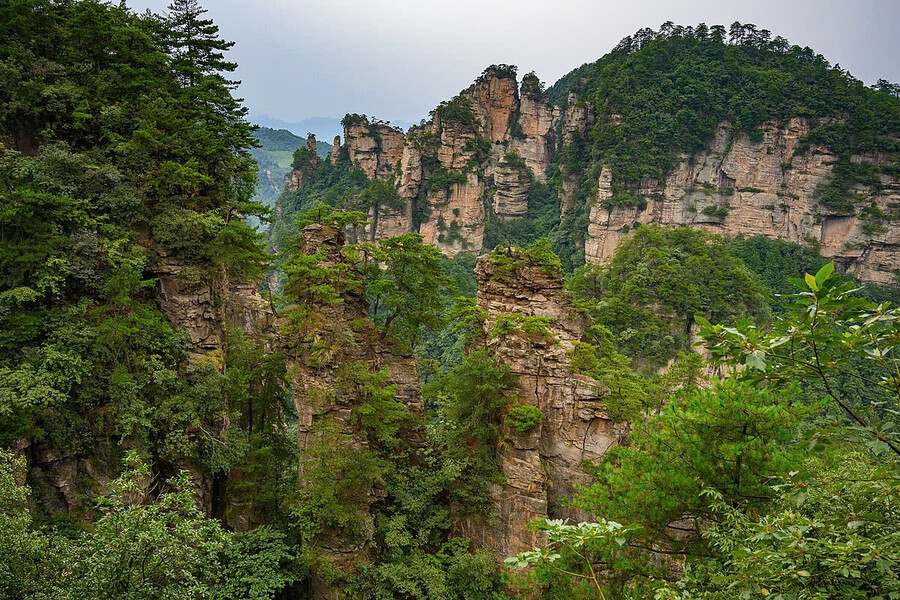
One-way cable car to Mt.Tianzishan: It is known for 4 natural spectacles - the clouds of mist that circle the peaks of the mountain,the amazing views of the rising sun,the moonlit nights and snowcapped winter peaks. They include more than 80 natural platforms to take in the magnificent scenery.Take the cable to Tianzi Mountain to enjoy the views upway and relax. Tips: At rush hours it might take you one hour just waiting in line to take the cable car. Ask your guide to arrange time for you to avoid rush hours.
Bailong Sightseeing Elevator : The Bailong sightseeing elevator is the highest and fastest sightseeing elevator in the world and provides a spectacular view of the Sandstone Peak Forest. It has a height of 335 meters and can carry 3,000 people an hour in the fours transparent elevators. It only takes 2 minutes to travel to the top of the mountain. Tips; At rush hours it might take 2 hours waiting in line to take the elevator. Ask your guide to arrange time to avoid rush hours.
Yuanjiajie(including the Hallelujah Mountains): Yuanjiajie is in the northern corner of Zhangjiajie National Park. Ecstasy Spot, Backyard and First Bridge are the top 3 attractions at Yuanjiajie. This area is famous and popular for its Hallelujah Mountain, named after Avatar's floating rocks. Pictures of 'First Bridge in the World' from ‘Viewing Bridge Platform' (Wangqiaotai) are a bonus. Afternoon is the best time to photograph the Yuanjiajie area. To avoid crowds, your guide will take you there around 5:00 for photography travelers. You can reach Tianzi Mountain and Yangjia Valley from here. Highlights include First Bridge in the World, Hallelujah Mountain, and Viewing Bridge Platform.
Day 8: Zhangjiajie fly to Guilin (B)
Transfer to Airport or Train Station for Departure: As your memorable tour ends, you will be transferred to the airport or train station for your flight/train to your next destination.
Day 9: Guilin – Reed Flute Cave – Elephant Trunk Hill – Daxu Ancient Town (B, L)
Reed Flute Cave (1 hour) : Located 5 kilometers northwest of Guilin city, the Reed Flute Cave gets its name from the reeds used for making flutes and pipes that grow at its entrance. The cave is regarded as the largest and most impressive cave in Guilin. It is 240 meters long, and the length of the tour is about 550 meters offering a magic land of stalactites, stalagmites, stone pillars, stone curtains, birds, plants and animals in fantastic shapes and colors. The visit lasts for 40 minutes and there are a lot of steps. Watch your step as the lights are dim. You guide will show you by electric torch.
Elephant Trunk Hill (40 minutes) : Elephant Trunk Hill is located at the junction of Li River and Peach Blossom River. It is the symbol of Guilin with 55 meters high and got its name because its shape resembles an elephant with its trunk drinking from the Li River. The hill is pierced with many caves and topped with a small pagoda.
Daxu Ancient Town : Daxu is about 18 kilometers southeast of Guilin, near the bank of the Li River. It is noted for its well-preserved ancient buildings, worn bluestone pavements and traditional culture. It was a busy junction for water transportation between Guangdong (Canton) and Guangxi. Daxun once was one of Guangxi’s four noted ancient towns. Exploration of the old town lasts about 2 hours.
Day 10: Guilin – Li River Cruise from Guilin to Yangshuo (B, L)
Li River Cruise from Guilin to Yangshuo(by 4-star boat) (4 hours) : A cruise along the Li River between Guilin and Yangshuo(about 4 hours) is an unforgettable experience. As you take in the stunning scenery, something is interesting to see at almost every bend in the river. Between spectacular limestone peaks, you'll see graceful bamboo groves, farmers tending rice paddies, and lumbering water buffaloes pulling carts or cooling off in the river. You may see fishermen gliding along on their narrow bamboo rafts, and if you're very lucky you might see one of the famous fishing cormorants. Boats depart from various wharves, according to the height of the river at different times of the year. The Li River cruise is by a medium-sized boat that can accommodate about 80 passengers.
Day 11: Yangshuo – Discover Countryside – Xianggong Hill – fly to Guilin (B, L)
Discover Rural China by Exploring the Less Touristy Countryside in Yangshuo (3 hours): Some say that if you want to see the real China, you should go to the countryside. To experience the daily lifestyle of the local farmers will allow you see another side of China. You will go out of the area where most tourists are wandering and see the untouched rural China.
Drive toward the south of Yangshuo to explore the peaceful villages. You might meet someone on his way to the fields with a water buffalo or someone working in the paddy. Enjoy the breathtaking countryside scenery with the rice paddies and the limestone peaks.
Visit an old couple who still live in a traditional house. Learn about their lifestyle and philosophy of living. After saying goodbye to the villagers, you will continue to drive pass an old ferry along the Li River. The old buildings in the ancient style are the memory of the busy water transportation on the Li River in the past. Then you will take a ferry to Fuli, which is located on the east bank of the Li River.
Like the local villagers, you will take a local motorbike taxi to the market.
Your guide will show you around to explain the different types of food and show you the local people's daily necessities. There is a fair there every 3 days. Local people from nearby villages trade there.
If your travel dates happen to coincide with a rural market day, you will find it is quite busy on the ferry and in the market.
Xianggong Hill: Locate nearby the Putao Town, 28km north of Yangshuo, Xianggong Hill is one of the best place for photos of the breathtaking views over the bend in the Li River. It takes approximately 20 minutes to peak. You’ll have opportunity to watch the Li River running round a right-angled bend and the fantastic Karst scenery.
Day 12: Shanghai – Yuyuan Garden – The Bund (B, L)
Yuyuan Garden (1 hour): Yuyuan Garden is located in the center of Shanghai's old quarters. It was a private garden built in 1559 during the Ming Dynasty, with typical Chinese classic architecture and style. The complex covers an area of 2 hectares, with rockeries, pavilions, ponds and corridors. Yuyuan Garden is surrounded by a busy marketplace, where visitors can find everything from popular local snacks, handicrafts, antiques and souvenirs to some famous time-honored restaurants.
The Bund (40 minutes): This 1.5-kilometer-long embankment runs along the western bank of Huangpu River. On its west side it is the "architecture gallery" with 52 well-preserved old European style buildings. Once the major trading and commercial center of old Shanghai, the Bund has now taken on new vitality, with futuristic developments, chic restaurants, top-end shops and bars offer plenty to see and do-and by night it's magic!
Day 13: Shanghai – Jade Buddha Temple – Zhujiajiao Ancient Town (B, L)
Jade Buddha Temple (40 minutes): Built in 1918, Jade Buddha Temple is a very popular Buddhist temple among local people. The main treasures are two statues of Buddha imported from Burma by sea. They were carved from rare single blocks of white jade adorned with precious stones. The temple is a hive of activities with monks, worshipers and visitors.
Zhujiajiao Ancient Town: Shaped like a fan, Zhujiajiao Water Town has hundreds of years of history. Thousands of examples of Ming Dynasty and Qing Dynasty architecture lie on the sides of the lakes and the 36 stone bridges retain their ancient style. The tour includes 3 attractions: Helong Art Gallery, the Chenghuang Temple and Kezhi Garden.
Day 14: Half-day customized Icing-on-the-Cake Experience – Shanghai departure (B, L)
Half-Day Customized Icing-on-the-Cake Experience: After traveling in China for around 10 days, you might want to do something different at the end of your tour. Do you want to have some relaxation time? Do you have any unfulfilled trip wishes? In the magic city of Shanghai, your private guide will make your wishes come true!
Whether you want to relax, experience fashion, appreciate art, explore folk customs, or shop; from having fun in a fancy bar to exploring an art center, trying nail beauty, testing your popularity in the marriage market, or just buying some lovely gifts, we will make it happen. Just tell us what you’re interested in.If you don’t know what you want, just let your guide make the arrangements. You will not be disappointed!
End of our China tour. Check the time of your flight in case you need an additional night. We wish you a memorable trip with the family.
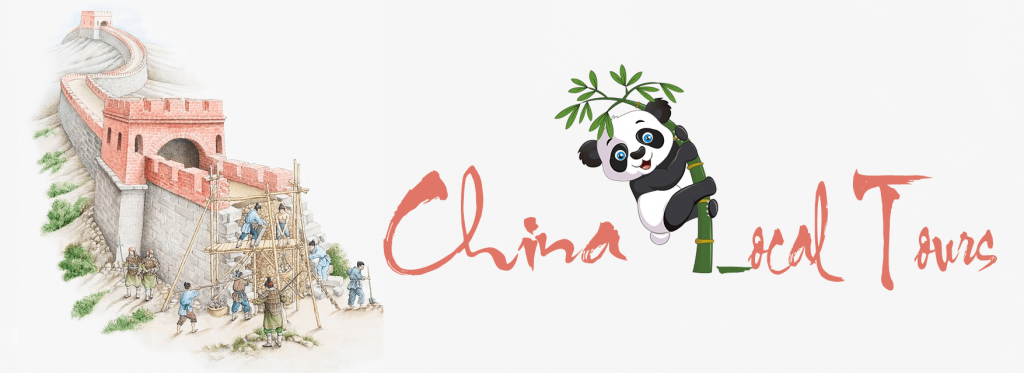
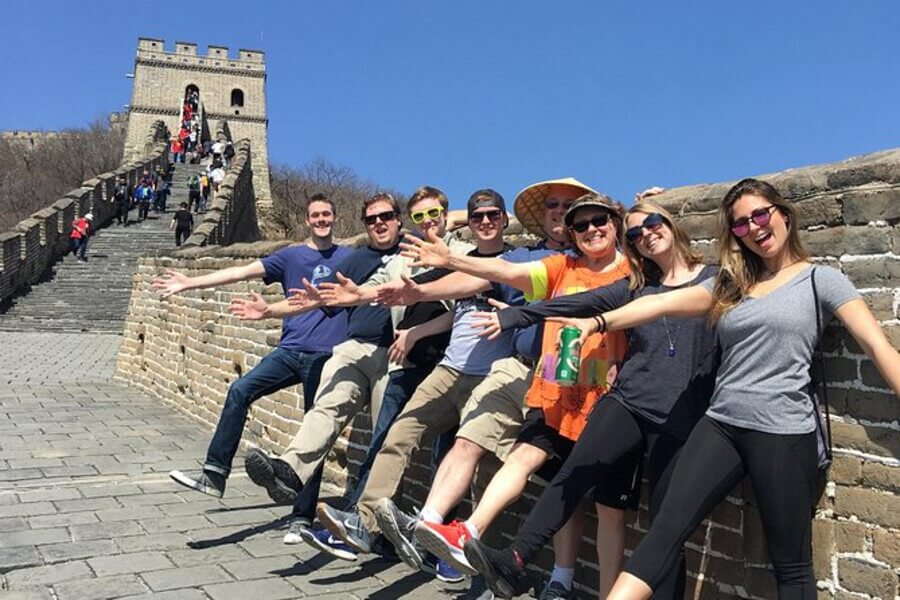
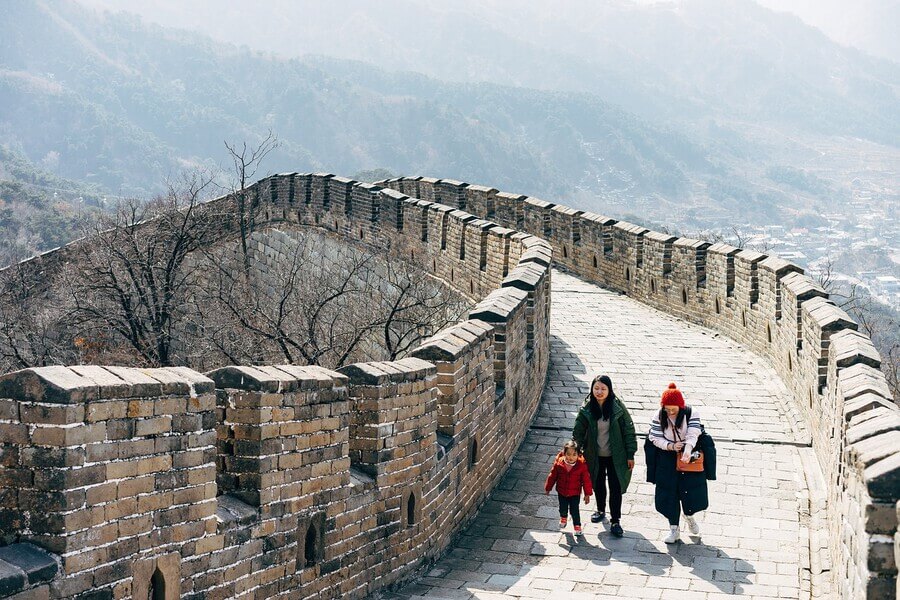
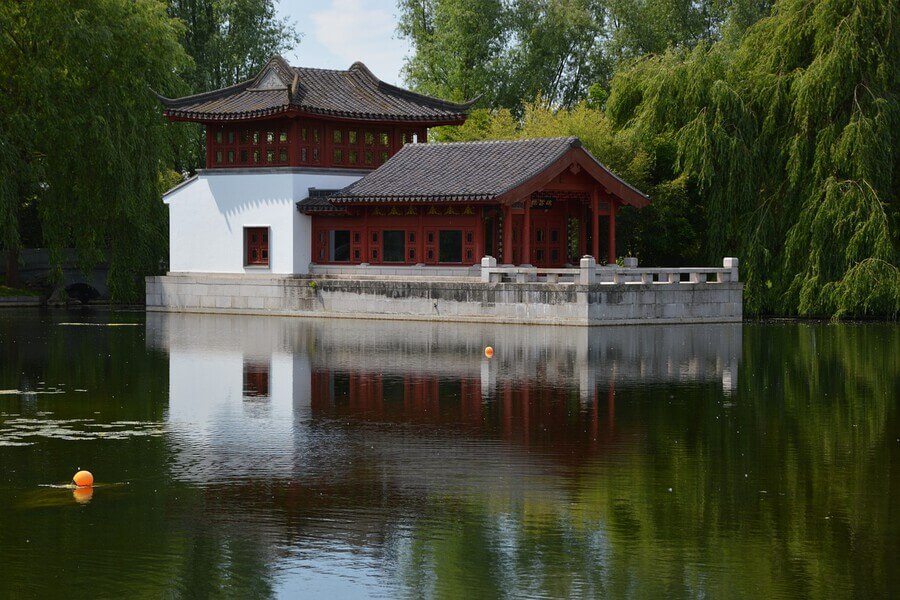
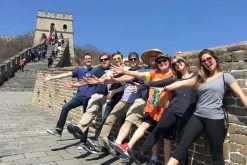
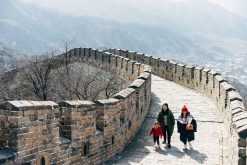
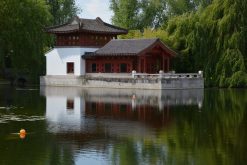

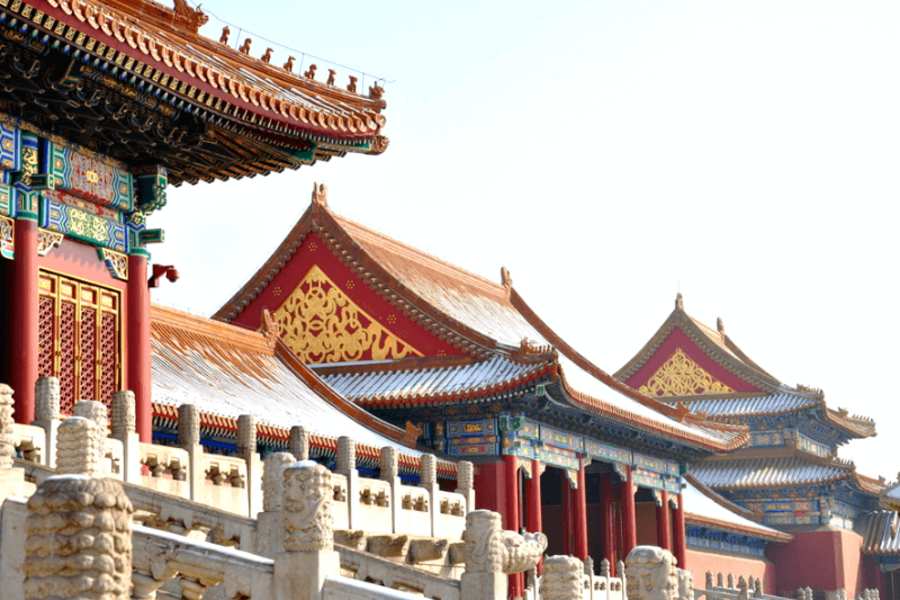
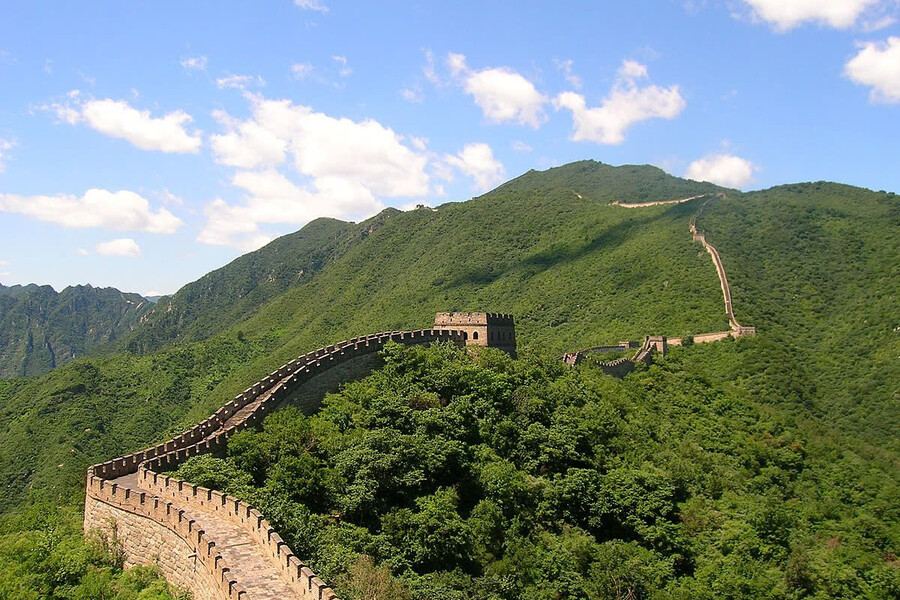
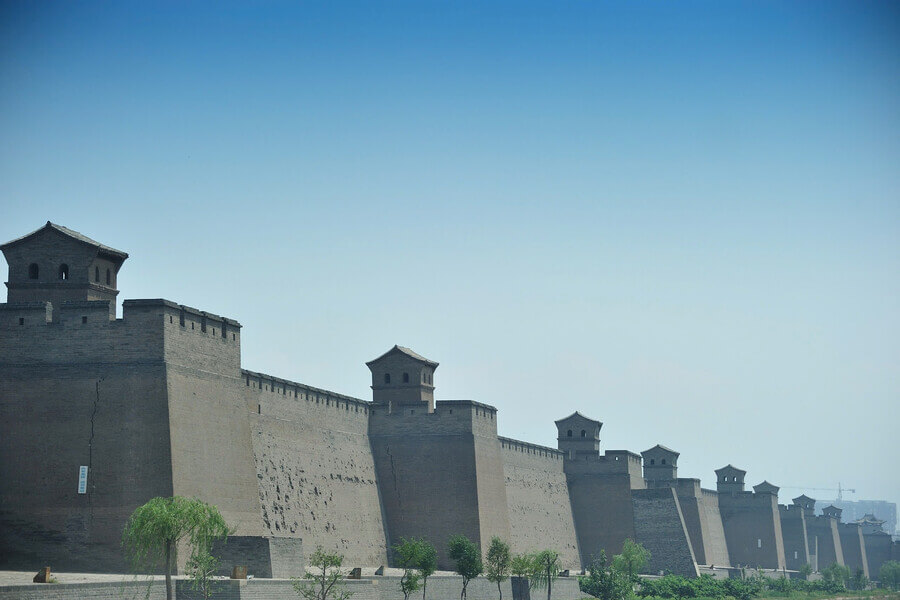
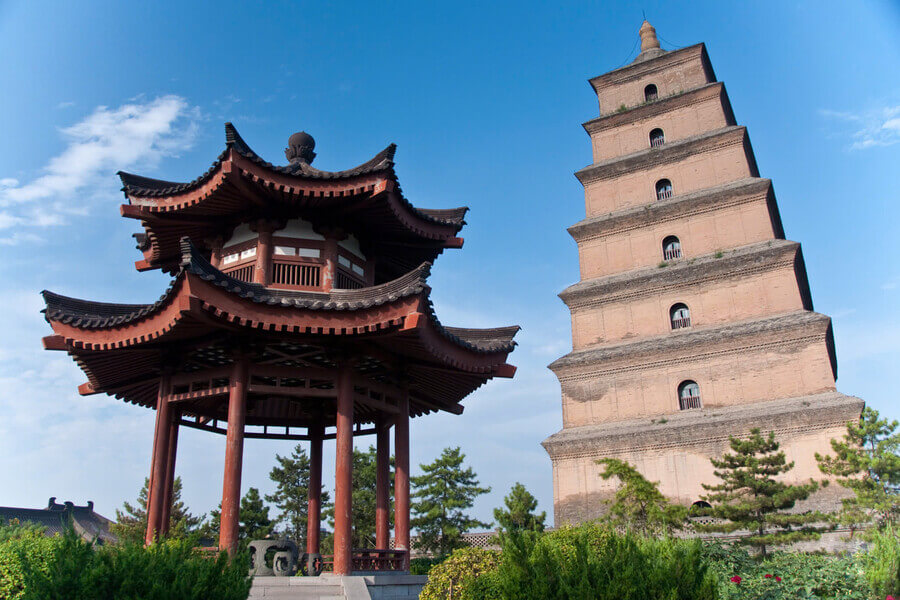
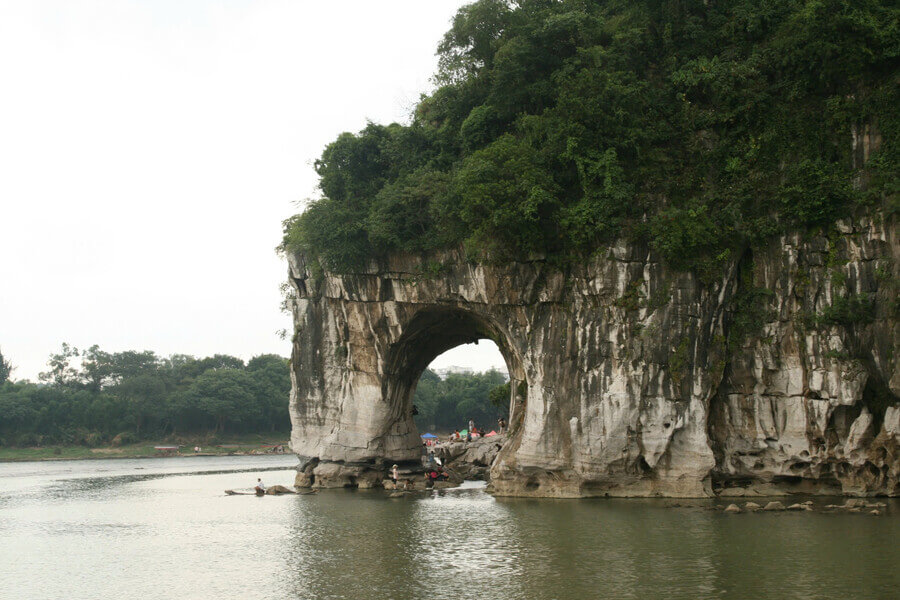
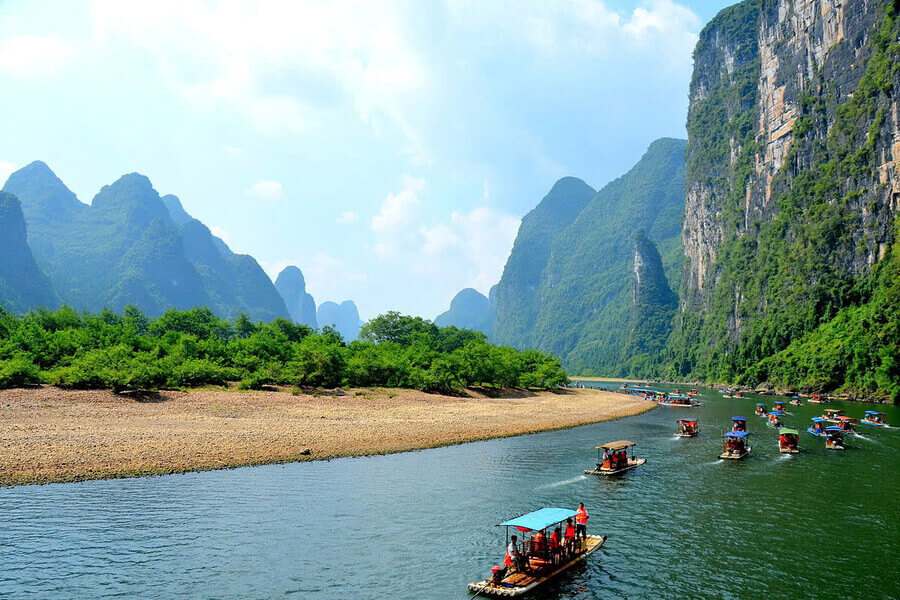
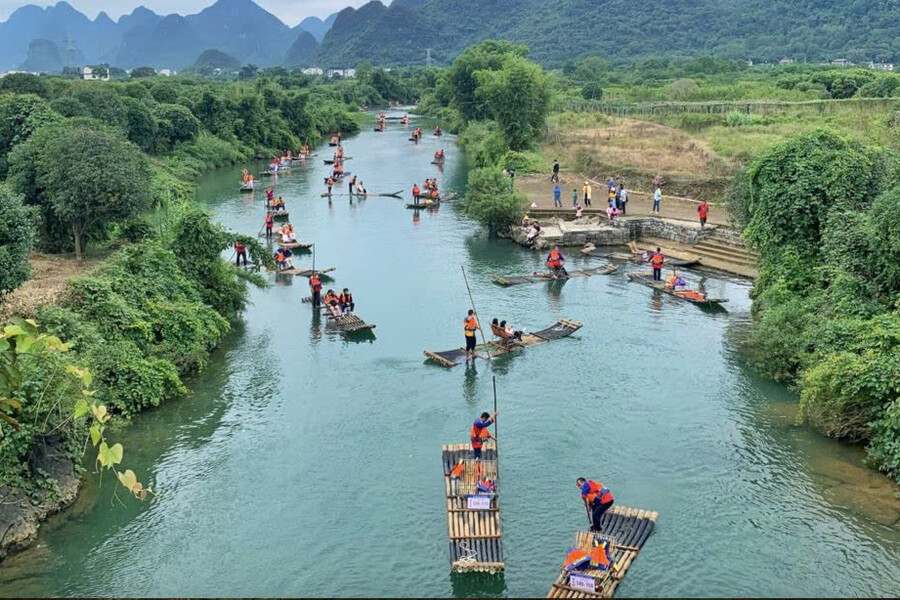
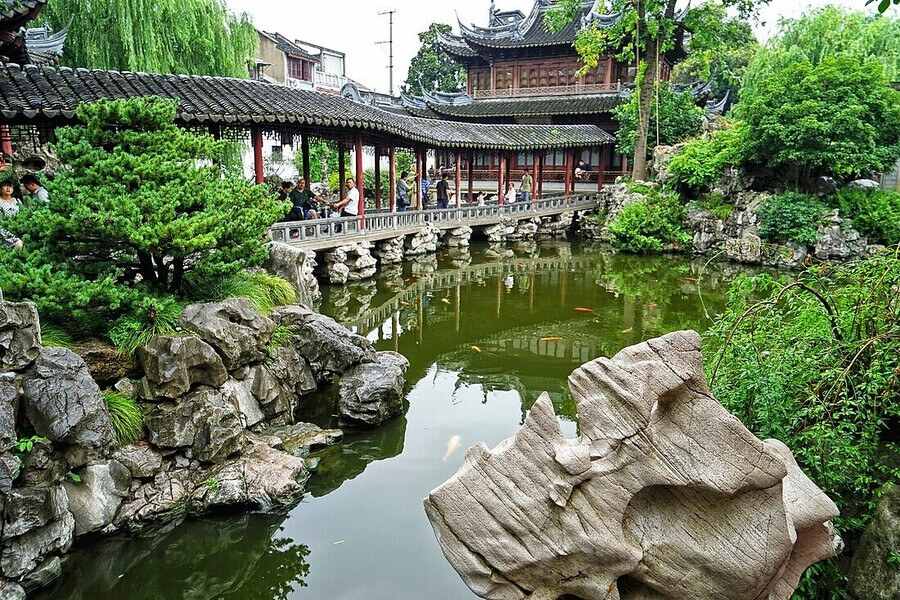
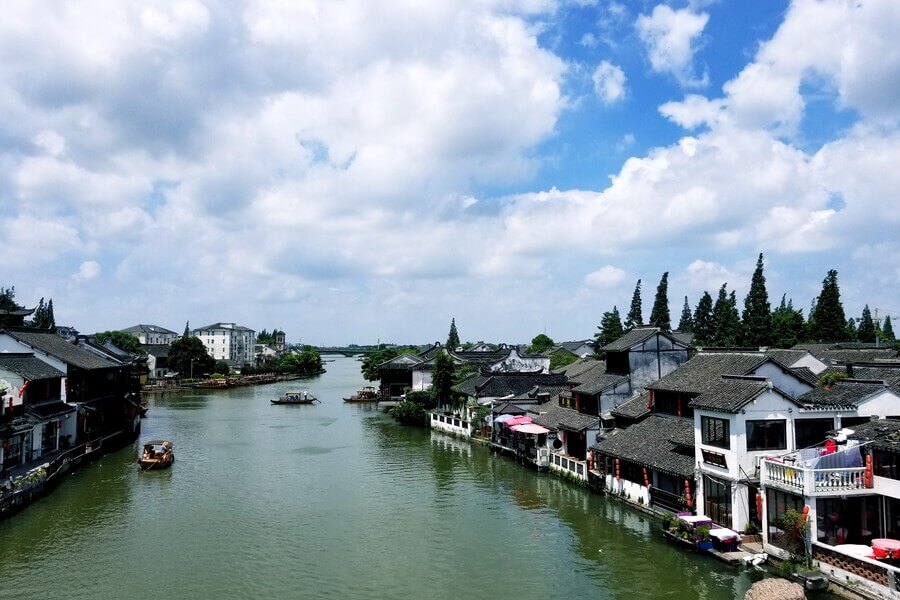
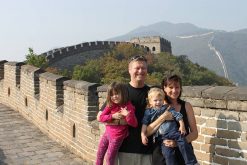
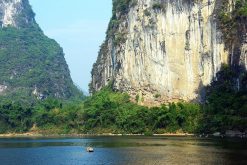
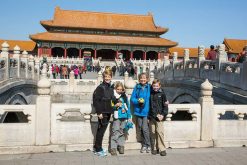
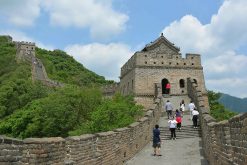
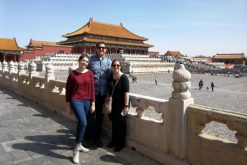
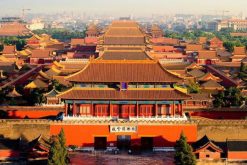
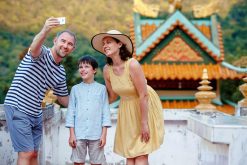
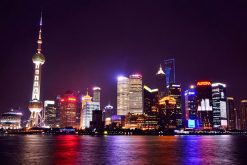
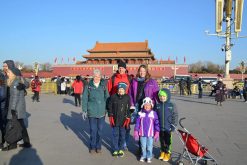
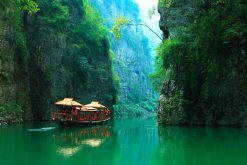

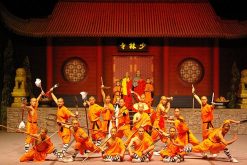
Leave Your Message in the Box